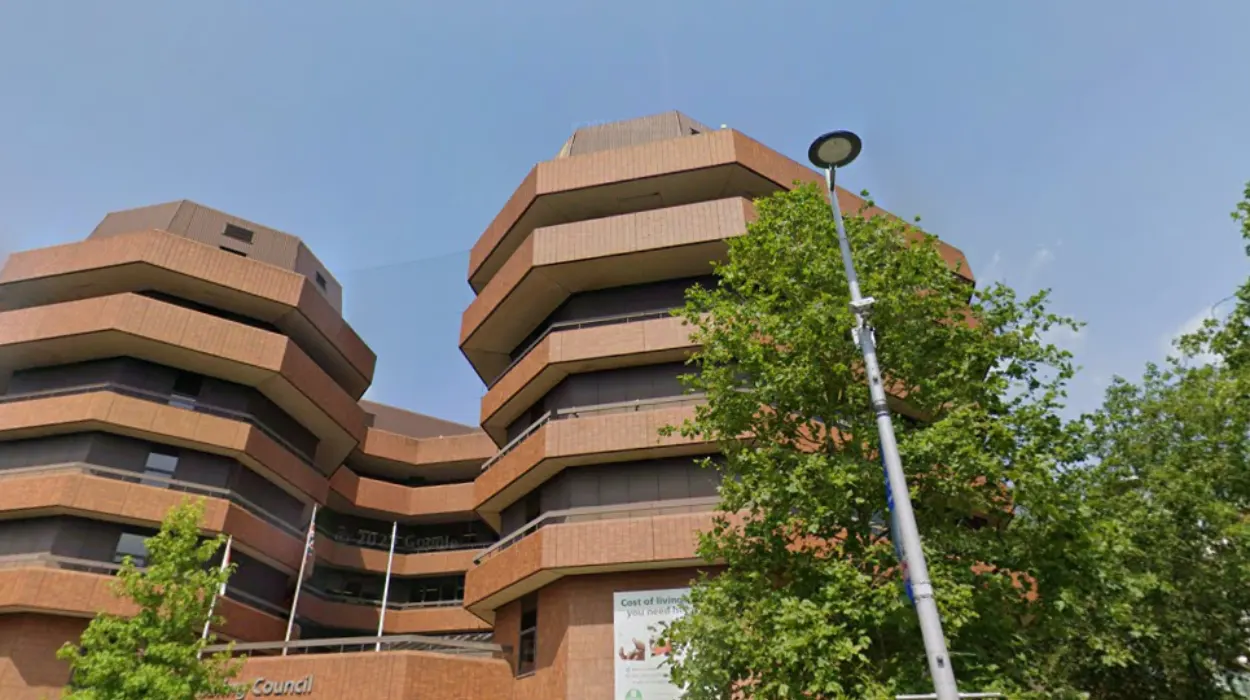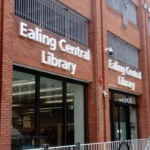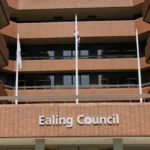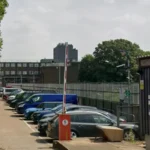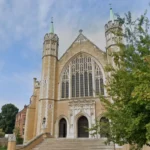If you’re a landlord, tenant, or property professional in Ealing, the term selective licensing matters. It’s one of the council’s key tools for improving housing standards in areas with high private-rented density.
1. Does Ealing Currently Have an Active Selective Licensing Scheme?
Yes! Ealing has implemented two active selective licensing schemes under the Housing Act 2004. The first scheme began on April 1, 2022, covering the wards of East Acton, Southall Broadway, and Southall Green (using pre-May 2022 boundaries) and runs for five years.
A second scheme kicked in on January 3, 2023, covering a broader range of wards: Acton Central, Dormers Wells, Greenford Broadway, Greenford Green, Hanger Hill, Hobbayne, Lady Margaret, North Greenford, Northolt Mandeville, Northolt West End, Perivale, and South Acton.
Together, these schemes cover over half of the borough’s geographic area and more than 59% of private rented homes 59% of private rented homes, making Ealing one of the more expansive boroughs in West London.
2. Which Specific Wards in Ealing Fall Under the Selective Licensing Rules?
The two schemes target different sections of the borough:
- Scheme 1 (from April 2022): East Acton, Southall Broadway, Southall Green.
- Scheme 2 (from January 2023): Acton Central, Dormers Wells, Greenford Broadway, Greenford Green, Hanger Hill, Hobbayne, Lady Margaret, North Greenford, Northolt Mandeville, Northolt West End, Perivale, South Acton.
Wards like Ealing Broadway, Ealing Common, Cleveland, Elthorne, Norwood Green, Southfield, and Walpole are not under selective licensing due to lower evidence of poor housing conditions.
3. How Has the Proportion of Private Rented Housing Changed in Ealing?
Ealing’s private rented sector has surged in recent years. Council data shows a 65% increase in private rental properties over the past decade. That growth helps explain the need for licensing to protect tenants and maintain neighbourhood quality.
The selective schemes aim to ensure that as more people rent, homes meet decent standards, and rogue landlords don’t exploit demand.
4. What Is the Difference Between Additional and Selective Licensing in Ealing?
While they sound similar, the two licensing types serve different groups:
- Selective Licensing applies to all privately rented homes (excluding HMOs) in designated areas, regardless of household type (Ealing Council).
- Additional Licensing targets smaller HMOs—homes with 3 to 4 unrelated occupants that aren’t covered by mandatory HMO rules. This borough-wide scheme began on April 1, 2022, and runs until March 2027.
So selective licensing regulates regular rental homes in certain areas, while additional licensing covers specific multi-occupant homes city-wide.
5. What Are the Licensing Fees and Discounts?
- The standard selective licence fee is £750 per property for up to five years.
- Various discounts apply:
- 25% early-bird reduction for applications between April and July 2022.
- £75 off for landlords in approved accreditation schemes.
- £50 discount for properties with EPC ratings A to C.
- 25% early-bird reduction for applications between April and July 2022.
7. Why Was Selective Licensing Introduced?
Ealing deployed selective licensing to:
- Improve housing quality in fast-growing rental areas.
- Raise landlord management standards.
- Deter anti-social behaviour linked to badly managed rentals.
- Support tenants with safer, better-maintained homes.
8. How Does Ealing Compare to Other West London Boroughs?
Ealing’s selective licensing footprint is among the largest in West London. With coverage approaching 60% of its private rented homes and over half its area, it’s more extensive than similar schemes in nearby boroughs.
This scale shows Ealing’s commitment to tackling housing issues proactively and thoroughly.
9. What Are the Penalties for Not Licensing?
Landlords who fail to license properties in designated zones face unlimited fines, and tenants may pursue rent repayment orders of up to 12 months’ rent. The council also serves improvement and prohibition notices as needed for compliance issues.
10. How Can Landlords Check If Their Property Needs a Licence?
Landlords can visit the Council’s website and use the postcode lookup tool to see if the property lies in a selective licensing area. The council also publishes detailed maps and documents to guide landlords through requirements.
Final Thoughts
Ealing has clearly taken a proactive and large-scale approach to housing standards. With two selective licensing designations now in force, and an additional HMO licence scheme covering the entire borough, Ealing demonstrates a serious commitment to improving the private rented sector.
If you’re a landlord, it’s essential to know where your property sits—and ensure you apply for the correct licence. If you’re a tenant, licensing means added protections and higher confidence in your home’s safety and management.
Frequently Asked Questions
1. What is selective licensing in Ealing?
Selective licensing in Ealing is a legal requirement under the Housing Act 2004 for landlords renting out properties in specific designated wards. It ensures that rental homes meet safety and management standards, aiming to protect tenants and improve housing quality in high private-rented density areas.
2. Which areas of Ealing require a selective licence?
Currently, selective licensing covers over half of Ealing’s geographic area, including wards such as East Acton, Southall Broadway, Acton Central, Greenford Broadway, Northolt West End, and others. You can check the full list and maps on Ealing Council’s official website.
3. How long does an Ealing selective licence last?
A selective licence in Ealing is valid for up to five years, depending on the scheme start date. For example, the first scheme runs from April 1, 2022, to March 31, 2027, while the second began on January 3, 2023, and will run until January 2, 2028.
4. What is the cost of a selective licence in Ealing?
The standard fee is £750 per property for a five-year licence. Discounts are available for early applications, accredited landlords, and energy-efficient properties with EPC ratings of A to C.
5. What happens if a landlord fails to get a selective licence in Ealing?
Non-compliance can lead to unlimited fines, rent repayment orders for up to 12 months’ rent, and formal enforcement notices from the council. It’s a serious offence that can also damage a landlord’s reputation.
6. How do I check if my property in Ealing needs a selective licence?
You can use Ealing Council’s postcode checker tool or view official maps online to confirm if your property is in a designated selective licensing area.
7. How is Ealing’s selective licensing different from additional licensing?
Selective licensing applies to most rental homes in specific areas, while additional licensing targets smaller HMOs (3–4 unrelated tenants) across the entire borough. Landlords may need one or both licences depending on the property type and location.


